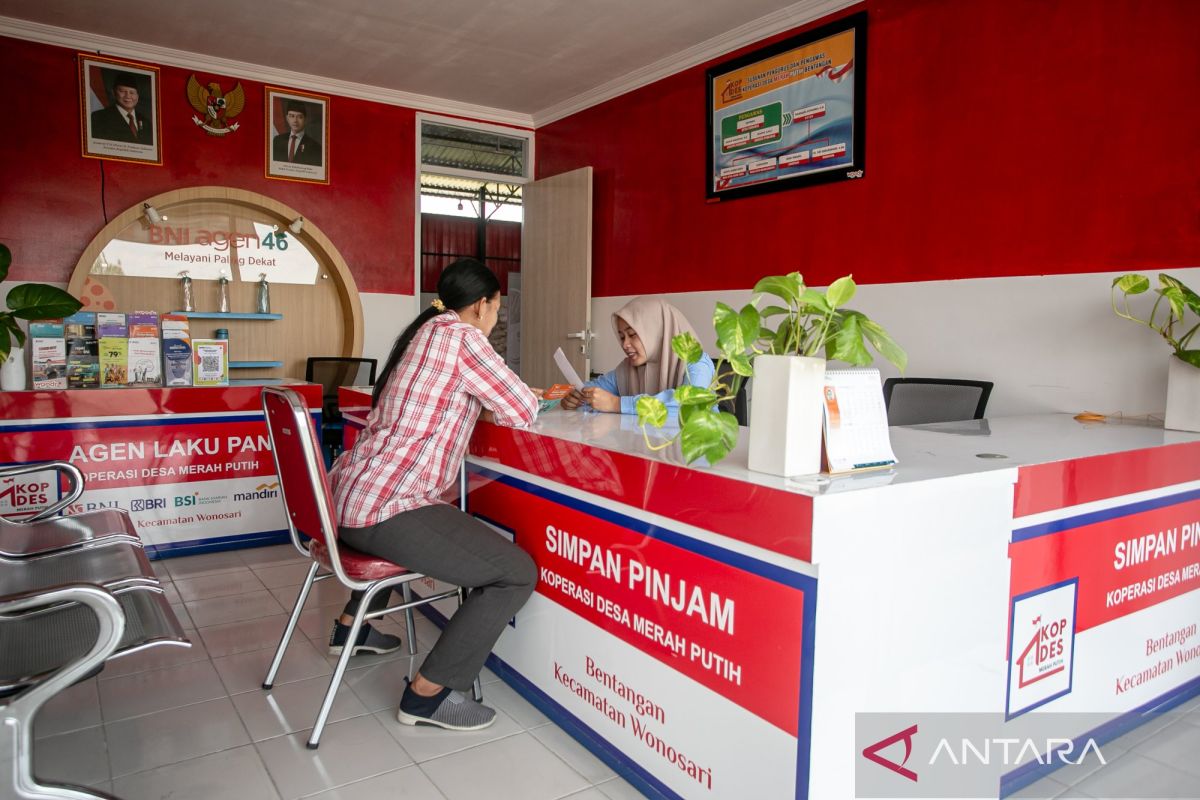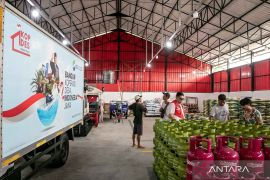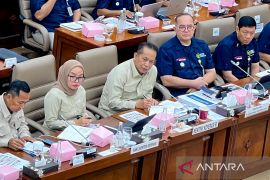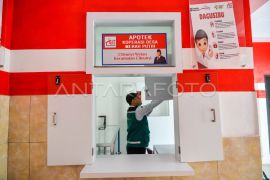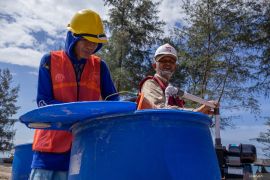He said rural communities often fail to fully benefit from government price stabilization programs due to limited outreach.
"That said, village cooperatives are key to this issue," Karnavian stated during a coordination meeting on inflation control and the government's Red and White Village Cooperatives (KDMP) program in Sumedang, West Java, on Monday.
He reported that Indonesia's inflation rate stood at 2.65 percent in September 2025, remaining within the government's target range of 2.5 percent ±1 percentage point.
Karnavian emphasized that effective implementation of the KDMP program could sustain or even improve this favorable trend by ensuring affordable prices for staple commodities in rural areas.
"If village cooperatives run optimally in all regions, we can expect local economies to grow and inflation to remain stable because these business entities can facilitate government market operations," he said.
Cooperatives Minister Ferry Juliantono shared a similar view, describing the KDMP as an instrument to stimulate rural economies and stabilize inflation at both local and national levels.
He added that village cooperatives are also envisioned as platforms for distributing government assistance and subsidies, as well as acting as offtakers for locally produced plantation, agricultural, and craft goods.
According to Juliantono, such goods will be stored in cooperative-run warehouses and distributed to the public in the event of price surges.
As one of President Prabowo Subianto's flagship initiatives, the KDMP program has established around 80,000 village-level cooperatives nationwide.
Although Prabowo inaugurated the cooperatives simultaneously on July 21, many remain in preparation stages due to limited supporting infrastructure.
He has directed that each cooperative must operate at least seven key facilities: grocery stores, pharmacies, clinics, management offices, savings and loan outlets, warehouses, and logistics infrastructure. All cooperatives are expected to be fully operational by March 2026.
Related news: Himbara banks seen staying cautious on village cooperative loans
Related news: Around 80,000 village co-ops to fully operate March 2026: minister
Translator: Ricky P, Tegar Nurfitra
Editor: Anton Santoso
Copyright © ANTARA 2025
